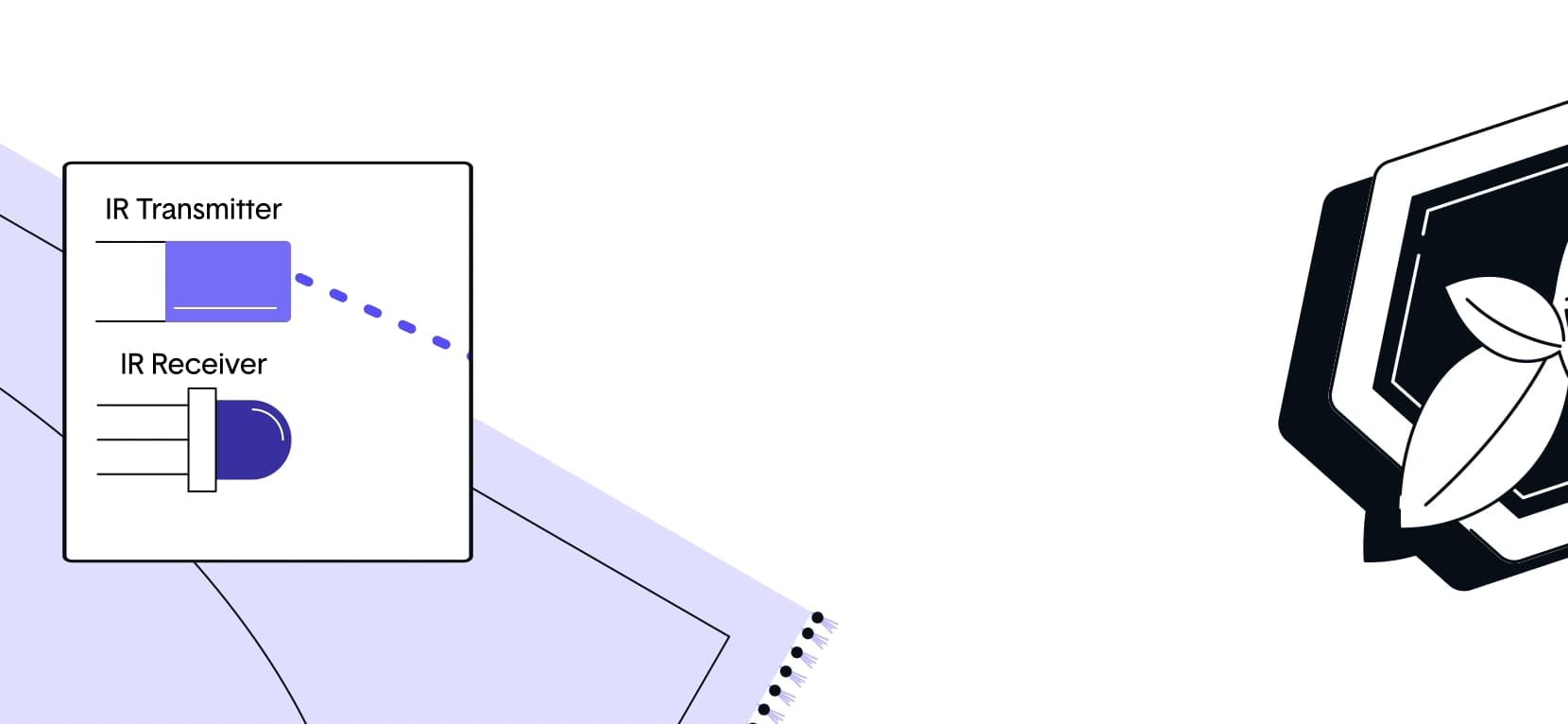Features of newer Roomba models
After nearly two decades on the market, Roombas have seen upgrades over the years. Newer models offer several advantages over older ones.
Roomba 980 and later models (including the Roomba i7) use Vision Simultaneous Localization and Mapping (VSLAM) to dynamically build a map while maintaining a bearing on its surroundings. With the Roomba 980, there’s a forward-facing camera angled up at about 45 degrees. That camera takes a picture of the room’s floor plan, and the robot’s software seeks out patterns in the picture’s pixels. This navigation system helps Roomba clean in straight lines in one pass, rather than needing to go over the same part of a room multiple times.
Battery life/power is also more efficient with newer Roombas. iRobot products are powered by rechargeable ion or NiHM batteries (with newer models adopting ion batteries), which can usually last for about 90 minutes before recharging. However, as they are entirely self-charging, Roombas are smart enough to head towards a charging station when their battery life is running low, and will dock as they regain a charge.
Though newer Roombas can function without WiFi, the iRobot Home app available on the iPhone and Android app stores adds extra convenience for newer models. After connecting to your home network, you can program a cleaning schedule through your smartphone, as well as learn more info and set up behavioral rules for your Roomba, such as actions to take when the dustbin is full.
It’s not only our vacuums that are getting smarter. Connect your Roomba to the same network as your Google Home and you can delegate scheduling a cleaning session to your smart home. Also available to Amazon’s Alexa, you can tell Google Assistant to “start”, “continue”, and “stop” cleaning and your Roomba will resume those functions and return to home base when it’s done.





